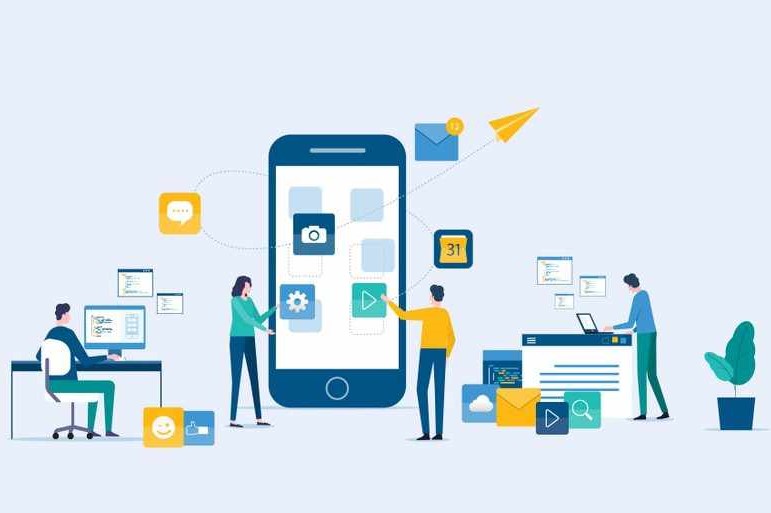Course Information
- Course Price $250
- Total Students 800+
- Course Duration 4 Weeks
Description
The procedure of developing software application for the handheld devices including mobiles, tablets, or personal digital assistant is called as mobile application development. Nowadays everyone has a mobile application including travel to hotels. Now let’s take the example of shopping mobile applications that lets the user to shop at their leisure. We can also book a cab and track the cab. Hence mobile application makes our lives comfortable since we can use the mobile application from any location at any time. Mobile Application Development deals with writing software codes for small, wireless computing devices comprising smart phones or tablets. Developers make sure that the app demonstrates optimum performance on a specific device by writing native code for that specific device.
Syllabus
- Establishing the development environment
- Analysing components of the architecture
Leveraging Application Fundamentals
- Creating activities to process user input
- Implementing views to build the User Interface (UI)
- Packaging applications for deployment
- Developing unit tests
- Performing background tasks with services
- Communicating with intents
Creating User Interfaces
- Building the layout
- Connecting a view to an activity
- Positioning form elements
- Declaring component definitions and layouts
- Handling multiple screen resolutions
- Localizing applications
Processing User Input
- Creating and displaying Toast
- Generating status bar notifications
- Logging key application events
- Responding to user input events
- Launching activities with intents
- Writing Java event handlers
- Generating context and option menus
- Integrating with the Android system
- Persisting data in response to notifications
Persisting Application Data
- Contrasting internal and external storage locations
- Saving application configuration with Shared Preferences
- Executing queries to locate information
- Specifying column selections with projections
- Accessing shared data resources
- Addressing content providers with URIs
Maintaining System Responsiveness
- Unloading the UI thread
- Designing for asynchronous execution
- Launching Intent Services
- Declaring services in the manifest
Exchanging Data over the Internet
- Synchronizing Android devices with servers
- Communicating via HTTP clients
- Connecting to RESTful services
- Creating and parsing JSON
Enhancing the User Experience
- Manipulating objects with drag and drop
- Supporting orientation and multiple screen resolutions with resources
- Combining fragments into a multi-pane UI Leveraging geolocation and mapping capabilities
- Plotting positions on Google Maps
- Establishing location through GPS, Cell-ID and WIFI


